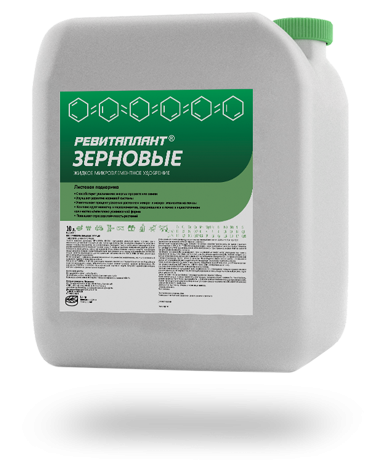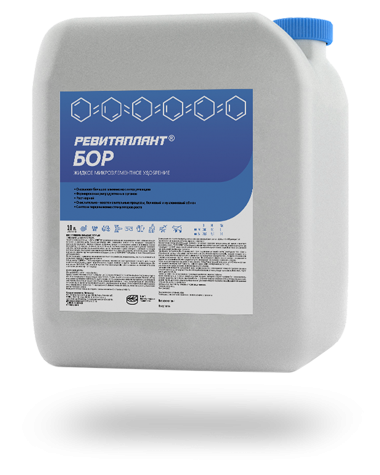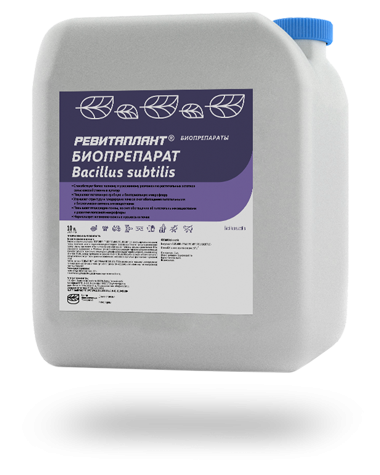- Catalogue keyboard_arrow_down
- Revitaplant® integrated fertilizers for seed treatment
- Cereals (seed treatment)
- Cereals + BIO
- Cereals + PK
- Maize
- Sunflower
- Sunflower + NMgS
- Beetroot
- Beetroot + NMgS
- Legumes
- Crucifers
- Integrated foliar application fertilizers by Revitaplant®
- Cereals (foliar application)
- Cereals + BIO
- Cereals + PK + BIO
- Cereals + NMgS
- Cereals + NPK
- Cereals + PK
- Maize
- Sunflower
- Sunflower + NMgS
- Beetroot
- Beetroot + NMgS
- Legumes
- Legumes + NMgS
- Crucifers
- Potatoes
- Fruit and vegetable garden
- Concentrated fertilizers by Revitaplant®
- Revitaplant Boron
- Revitaplant Zinc
- Revitaplant Copper
- Revitaplant Iron
- Revitaplant Molybdenum
- Revitaplant Manganese
- Revitaplant Magnesium
- Revitaplant Sulphur
- Revitaplant Calcium
- Revitaplant Silicon
- Revitaplant NPK
- Revitaplant NK
- Revitaplant PK
- Revitaplant N200
- Revitaplant ZnMg mix
- Crops
- Trace elements


